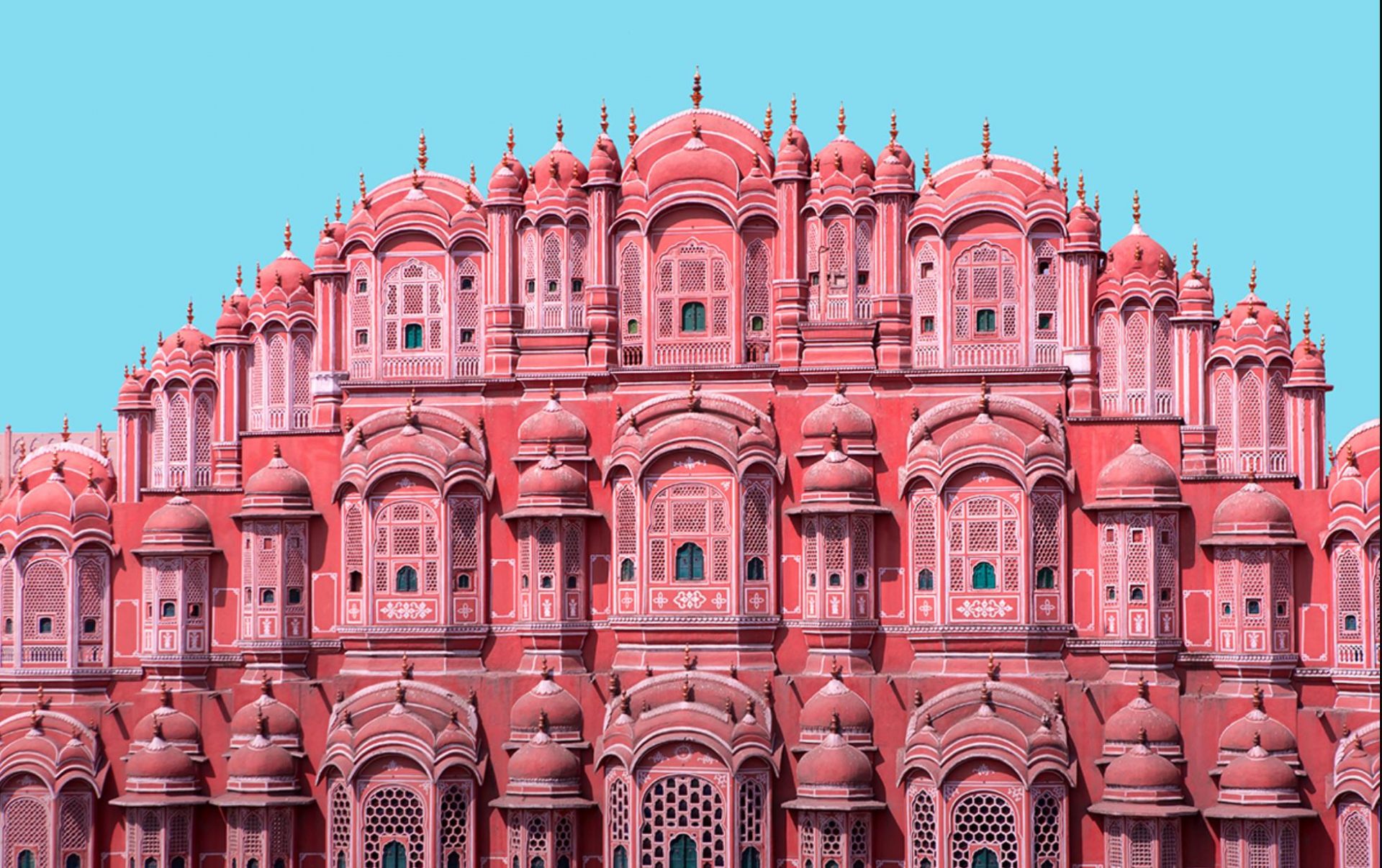Jaipur, along with Agra and Delhi, forms part of India’s Golden Triangle and therefore attracts an unimaginable number of tourists every year. The reason is not surprising.
The city is not only full of pink hues, but its fortified walls hold untold stories and exude a wealth of charm. Its past, adhering to its roots and values, is easy to grasp, as evidenced by the vibrant heritage and rich culture you’ll still see here today.
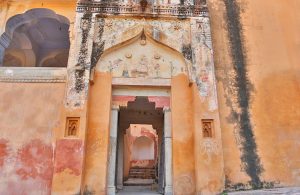
Jaipur India’s Pink City
Here you’ll experience the royal aura that remains perennial in its many stunning forts, luxurious palaces and five-star hotels. In fact, most of the hotels here, no matter how rickety, are worthy of being called palaces. Interestingly, some of the world’s most expensive hotel suites can be found in this royal city. For example, the Raj Palace Hotel charges $50,000 per night for its most luxurious suite.
Despite these luxury hotels, this fascinating city will leave you wanting more.
Architecture
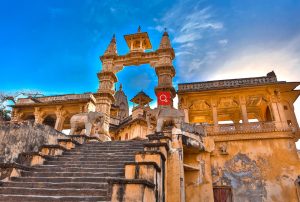
The intricate architecture of Jaipur is unlike any other in the world. Its design is a combination of religious belief and scientific inquiry, but also depicts themes of power and kingship.
Not only was it one of the first planned cities in India, but it was also built in the form of an eight-part “mandala” known as the “Pithapada” – the foundation of Indian viharas and astronomy. The foundation of the city.
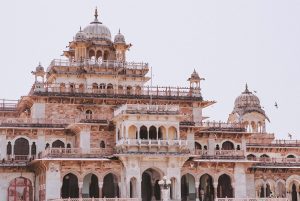
Jaipur, India’s Pink City
The city was designed as a grid, with gates marking the main directions. It is divided into nine neighborhoods, two of which consist of state buildings and palaces, while the remaining seven are allocated to the public. More importantly, all the commercial stores are designed in multiples of nine, for a total of 27. The number 9 denotes the nine planets of the ancient astrological zodiac, and 27 denotes the 27 asterisms.
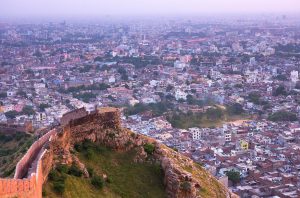
Jaipur The Pink City of India
More importantly, the city is nicknamed the “City of Four Forts”. It has a six-meter high fortification wall, called “Parkota”, which surrounds the city and has seven unique entrance gates.

